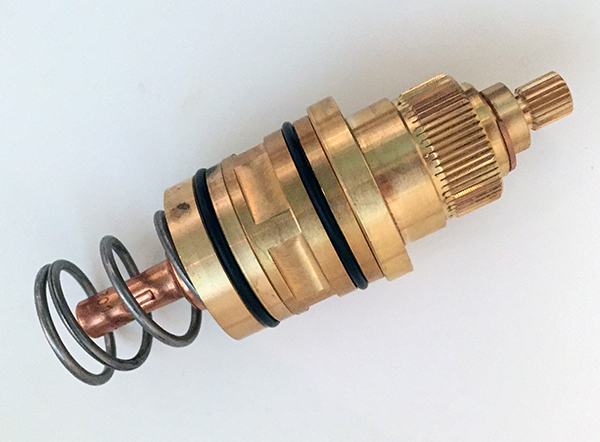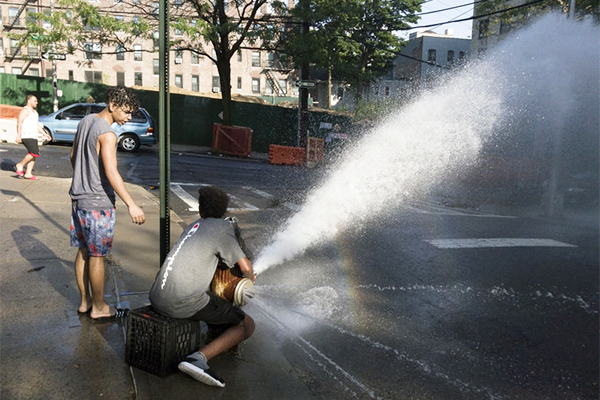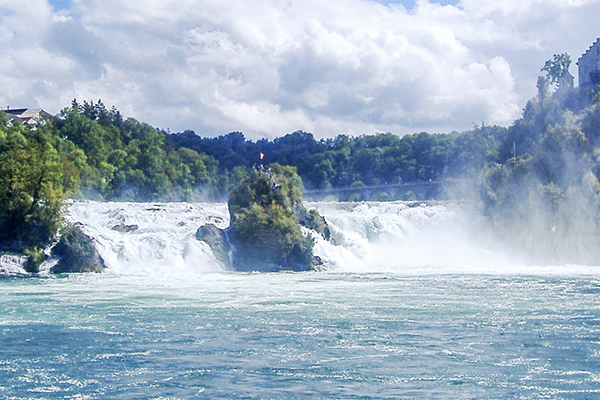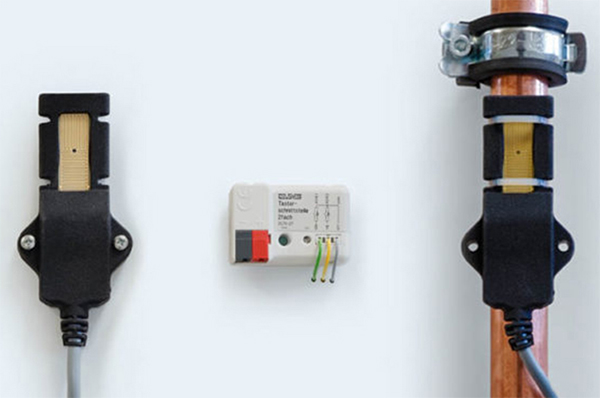
By Simon Buddle, Future Ready Homes.
Pull up a sandbag and let me tell you a story – it’s about mains pressure water.
One of many reasons why I have always worked with electricity and electronics is because, by and large, when it goes wrong there’s a bang, a breaker trips somewhere or a component burns out. Sure, there may be irreparable damage to the wires or device, but it’s over – the trauma that is. The problem, the shock, the ordeal and the anguish have stopped in a matter of seconds. Not so, however, with mains water…
It is Saturday afternoon – a peaceful one. The youths are out doing the things that youths do on a Saturday afternoon, and yoga nidra is being practiced in the backroom; the perfect time for a little DIY. This bit of DIY is one that I have done many times: the changing of a shower thermostat cartridge. The problem is that grit in the mains water gets into the cartridge and ultimately jams it, preventing the temperature of the shower from being changed. Now that is OK if it happens to jam at the perfect temperature, but tepid is less appealing mid-winter. I have the 50-quid replacement cartridge in hand. Under the bath there are two isolating valves, one for hot and one for cold. Turn them both to ‘off’ and dismantle the shower controls. It is a twenty-minute job at most.

Soggy saga
Having dismantled the controls, it just remains to remove the old cartridge with a large wrench and install the new one. As the cartridge is loosened it is quite normal to have some water leak out. But then a bit more came out… and a bit more. With each turn of the wrench the amount of water issuing forth multiplied exponentially. It is at this point, as you sit there calmly, and I, with hindsight, think, ‘Stop undoing it. Tighten it back up. Something clearly isn’t right!’ But you know what they say about hindsight.
In the heat of the moment that was not the thought that I had. ‘The water will stop soon enough’, was what I thought. Except it did not. As I made the final turn on the wrench to release the cartridge from its housing, mains pressure water began to jet from the wall – something akin to a New York fire hydrant on a hot summer’s day.

Like the child who had accidentally opened the hydrant, I thought I could simply close it off by screwing the cartridge back in. I can tell you for sure that the fight against mains pressure water is one you will always lose. I fought with it for a minute or two as water poured from the hole where the cartridge used to be. It’s no use. The hole would not be plugged. The scene in the bathroom resembled the Rhine Falls in Switzerland. I was utterly soaked, completely drenched head to foot, numb with cold and bleeding hands as the metal cartridge shreds water softened skin. Litres and litres of water spraying everywhere. ‘HELP!’ I screamed.

What went wrong?
Between them, my partner and the neighbour downstairs, who now has a new art installation in the form of a water curtain cascading down his living room wall, manage to locate the stop cock and turn off the water. In total, I think we had mains pressure water jetting out of the wall for around five minutes or so. Suffice to say our respective insurers are in contact. I thank them both for being so understanding. The source of the entire problem, it turns out, was a GBP£5 isolating valve that had broken in the ‘open’ position inside the pipe.
KNX to the rescue
Now, shutting down the water using automation, or indeed, understanding that there is a problem and shutting off the water, is standard stuff for us smart home installers. There are lots of products that can solve that problem, but the world of the smart home remains fragmented and products largely siloed.
The KNX platform does not suffer from the vagaries of manufacturer idiosyncrasies or the silo effect. So, with the cost of new insurance premiums looming large and what, no doubt, will be a hefty bill for the insurance company, it seems an obvious choice and indeed financially viable to use KNX to prevent such problems before they occur.

From the landlord’s perspective, KNX offers the perfect platform to provide damage limitation solutions. It offers real time performance monitoring, a simple method to create energy-efficient homes, as well as data harvesting and a billing platform.
Scalable from 5 to 500 flats, dealing with a single plant room or multiple plantrooms presents no problem for KNX. And now at the very heart of the system is a layer of security that facilitates secure communications from multiple properties to a centralised location.
Conclusion
With building regulations creating a drive towards lower CO2 emissions, and centralised plant rooms becoming more common in apartment blocks, there is clearly an opportunity for KNX to provide automated solutions that can benefit landlords as well as homeowners.
I appreciate that for many, conversations with landlords evoke thoughts reminiscent of this line from an Oscar Wilde play: ‘A man who knows the price of everything and the value of nothing.‘ Overcoming that mindset is our challenge, not the technology.
Simon Buddle CEng MIET, is a consultant for Future Ready Homes, a specialist in BMS and ELV services system design.












